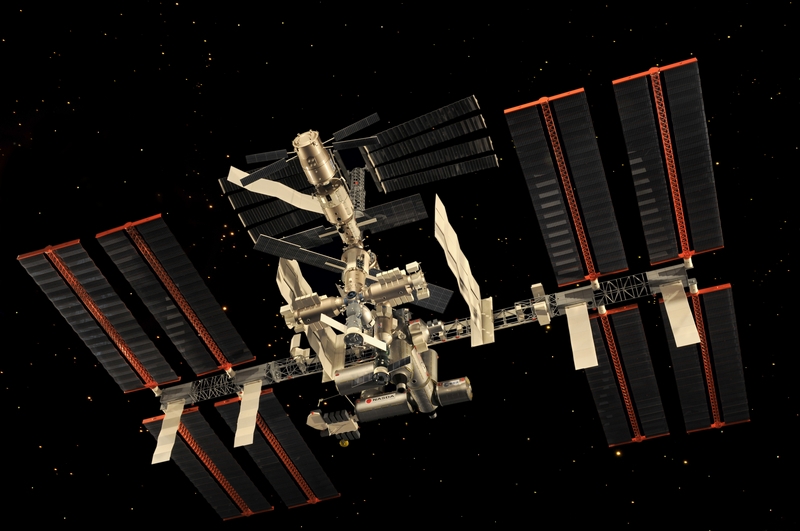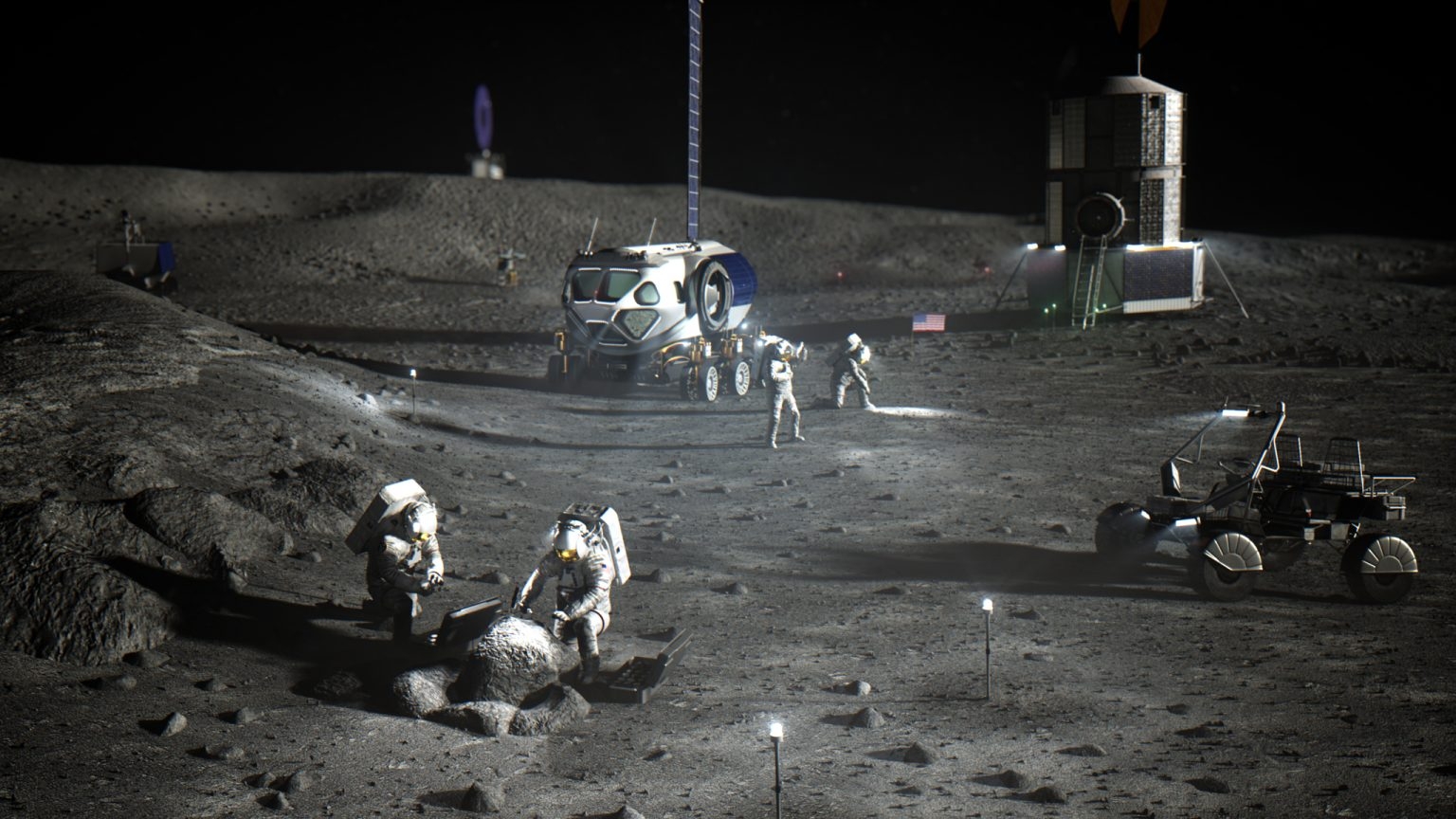Entrepreneurs Play Big Role in Future of Space Exploration

While space exploration might seem like big business, NASA continues to seek the help of innovative small companies in the U.S. through its Small Business Innovation Research Program.
American small businesses have responded to the challenge with entrepreneurial gusto.
In its latest round of contract awards, NASA tapped 79 small high-technology firms in 27 states to conduct research that will help advance the agency’s trailblazing achievements in space exploration. The firms were selected to enter into negotiations for SBIR Phase 2 contract awards. The winning projects have a total value of approximately $63 million.
The program, designed to encourage U.S. small businesses to engage in federal research, development and commercialization, also enables businesses to explore technological potential while providing the incentive to profit from new commercial products and services.
This highly competitive, three-phase award system provides qualified small businesses, including those owned by women and the disadvantaged, with opportunities to propose ideas that meet specific research and development needs of the federal government.
NASA's SBIR programs address technology gaps in agency missions, while striving to complement other agency research investments. Program results have benefited many NASA efforts, including modern air-traffic control systems, Earth-observing spacecraft, the International Space Station and the Mars rovers.
"Working with small businesses through Phase 2 SBIR awards, NASA helps mature novel technologies and concepts to demonstrate their applicability to NASA's current and future space and aeronautics needs," said Michael Gazarik, director of NASA's Space Technology Program. "This maturation process also provides NASA's small-business partners to more fully explore opportunities to transfer that technology to the marketplace, while creating new jobs and growing our economy."
Breaking space news, the latest updates on rocket launches, skywatching events and more!
Winning projects in this latest round of funding include a new composite material manufacturing process, which could decrease manufacturing costs for NASA's future heavy-lift launch vehicles; new high-performance lubricants beneficial to robotic spacecraft in extreme temperatures; and a laser-ranging technology that can be used as the next-generation air data system for aircraft that will help predict turbulence, ensuring a safer and more comfortable flight.
This story was provided by BusinessNewsDaily a sister site to SPACE.com.

